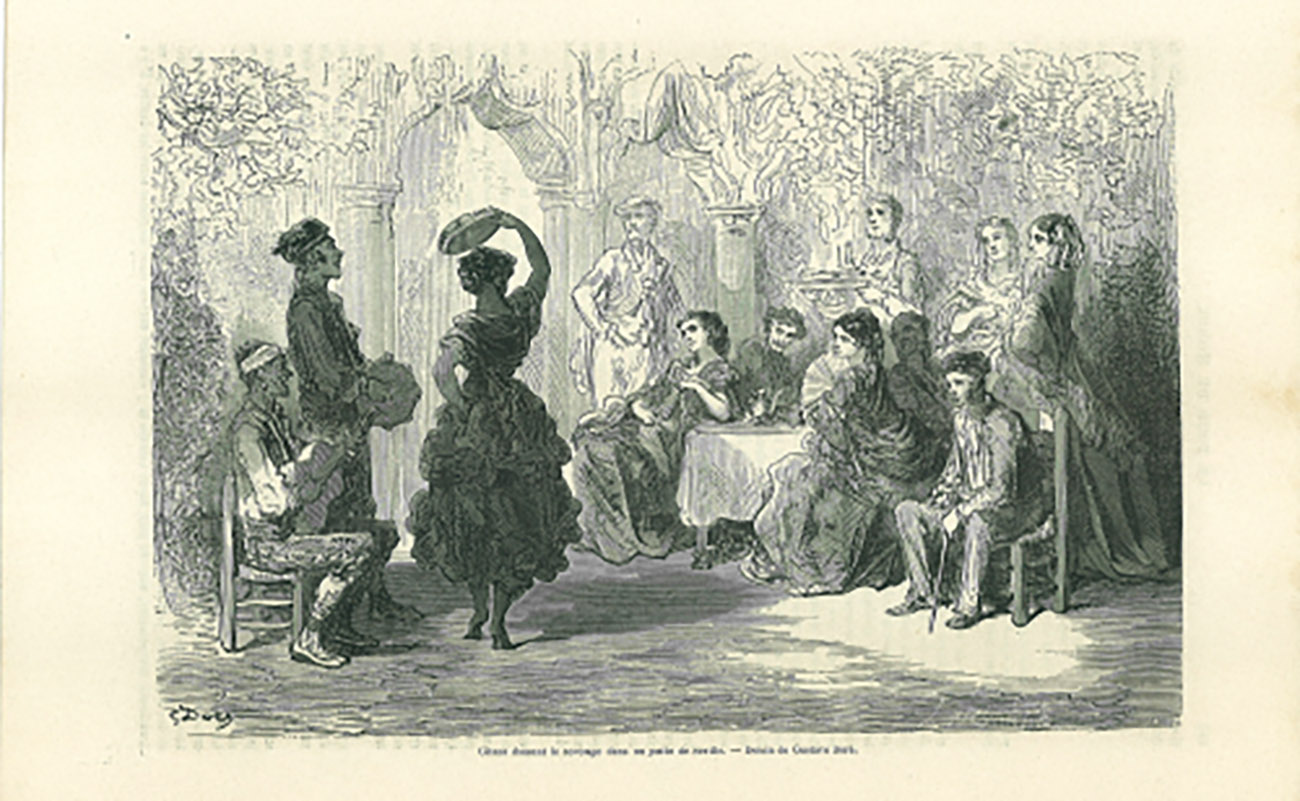Grandpa and flamenco’s anarchy
Chacón himself, when asked by Galerín if one certain malagueña was his own creation, replied: “yes, both the lyrics and music are mine.” It was true. Chacón was a musician because he had all the requisites: a well tuned, well measured voice; a good knowledge of music, etc.

-Grandpa, one of the things that amazes me the most in today’s flamenco is its anarchy. Every one seems to be doing their own thing, there is no cohesion. I don’t mean to say that we need to write down rules and regulations for flamenco, but a bit of consistency wouldn’t hurt, right?
-This art has always been anarchic, Manolo, although it might seem exceedingly conservative. If you research its origins, you’ll see it by yourself. For example, El Planeta, the first important personality in Andalusian cante, would complain that the legendary El Fillo wasn’t pure enough. Yet, El Fillo would complain that great Silverio wasn’t pure enough. I could go on an on with many other examples, but you get the idea.
-Isn’t that part of the greatness a uniqueness of flamenco, grandpa?
-Of course, kid. If it weren’t anarchic, flamenco wouldn’t be so rich and varied, with so many different styles and artistic trends. Freedom, Manolo. Life in Triana was different than life in Santiago, and life in San Miguel was different than life in Jerez. Cádiz was also different than Puerto de Santa María and Puerto Real, even as these cities were basically next to each other. Both La Mejorana and Antonia la Coquinera had great success in Seville in the same period because each of them had their own, unique style, even as they were virtually neighbors. Also, the baile of El Raspao (from Cádiz) was quite different from the baile of Miracielos (from Seville), although they were contemporaries.
-So why is that people talk about the primeval or classic standards of flamenco?
-You said it: “standards”, not “standard”. Flamenco wasn’t created in a meeting of experts, with gypsy and non-gypsy representatives from all provinces. It was a slow, geographically diverse process. I tell you something, Manolo: when Niño de Cabra performed at the Café del Burrero, at the end of the XIX century (he had come to Seville to sell a load of garlic from Rute, in Málaga) everyone said he was copying Chacón. How could that be, if Chacón hadn’t yet recorded anything, at that time, and Niño de Cabra apparently had never heard of Chacón? So that’s rubbish. It’s more likely that both of them had learned from the same source: popular cante. Chacón of course didn’t create cante flamenco. It had been created already, although it’s true that he gave it a good polish.
-So grandpa, is cante flamenco an art of innovators or not?
-Nooo! Although there were composers, of course. Chacón himself, when asked by Galerín(1) if one certain malagueña was his own creation, replied: “yes, both the lyrics and music are mine.” It was true. Chacón was a musician because he had all the requisites: a well tuned, well measured voice; a good knowledge of music, etc. But he had learned from previous masters, such as Salvaorillo, Paco la Luz, Silverio, Juan Breva, Curro Durse, El Mellizo…
-Also, Paca Aguilera followed the style of La Trini(2), right?
-That’s baloney, you just believe everything people tell you, don’t you? I think it’s funny that people say that, because Paca Aguilera died twenty years before La Trini. So how would it be possible that Aguilera carried on Trinidad Navarro’s legacy? It doesn’t make sense. They say the same of La Andonda, and it doesn’t make sense either, because they died just a few years apart. The problem, Manolo, is that people write stuff and state things without doing a proper research.
-What about Niño de Elche, grandpa?
-Who?
-Niño de Elche.
-No idea who was that, kid. Was he from the time of the Ópera Flamenca?
-No, he’s from our days. People say he’s the new revolutionary of cante.
-So, does he sing backwards or something?
-I don’t know him either, grandpa. I read somewhere he makes weird sounds with his voice, things like that.
-No idea. You know that I haven’t been following contemporary cante too closely, lately. El Peluso used to do that a century ago: he would sing imitating the sounds of trains, animals and even the first coffee machines. He would do it just for fun. I mean, that’s nothing new.
-You’re hard to trap, grandpa.
-Actually, your grandma trapped me, but to this day I don’t know how she did it.
- Galerín (pseudonym of Agustín López Macías,1881 – 1944) was an Andalusian journalist and writer.
- Paca Aguilera (1877 – 1913) and Trinidad Navarro “La Trini” (1868 – 1930) were both renowned cantaoras.





